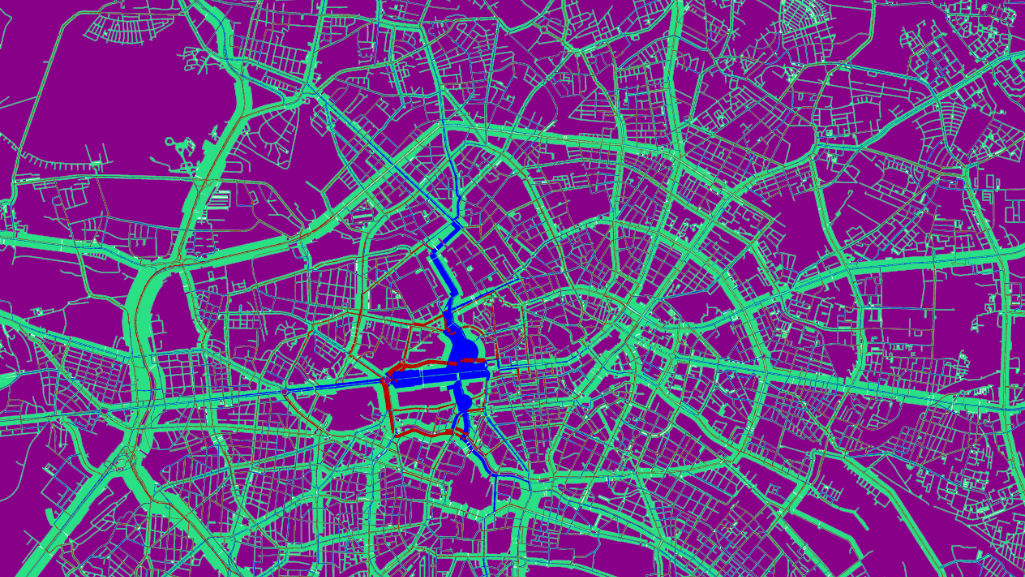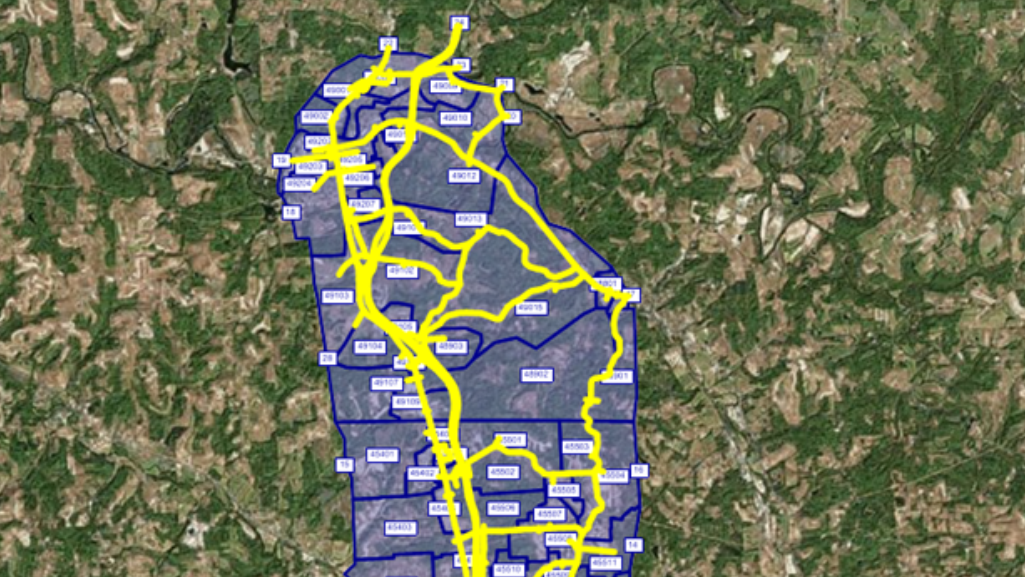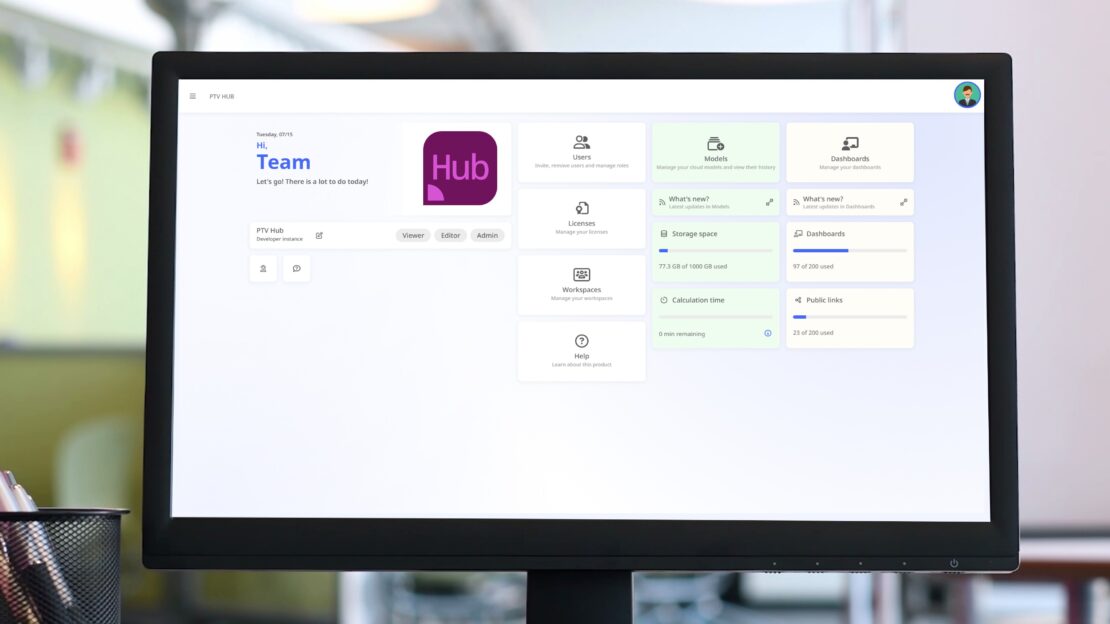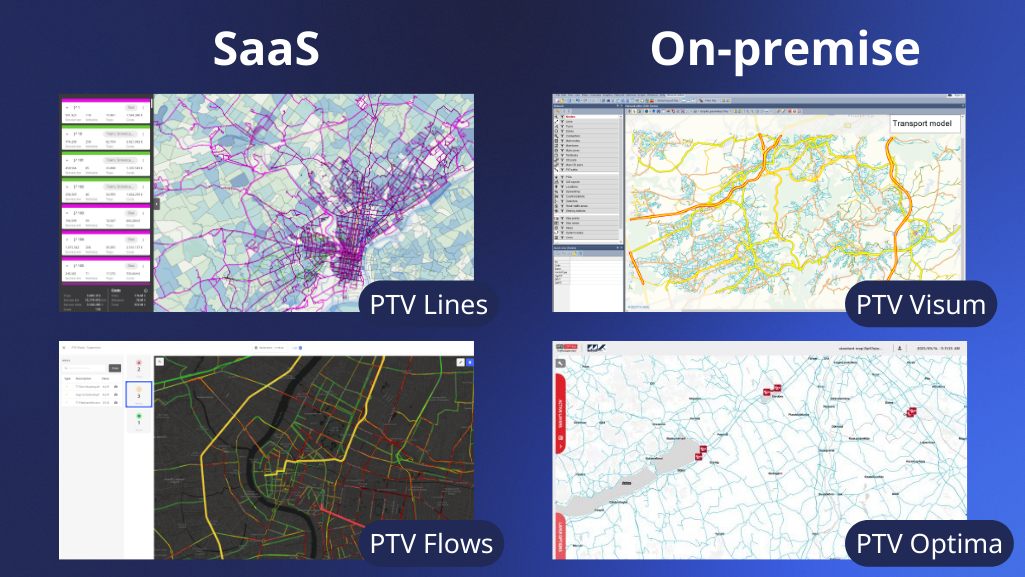In the dynamic landscape of mobility, technological innovations are driving unprecedented advancements. From harnessing big data to leveraging artificial intelligence and cloud solutions, the industry is undergoing a profound transformation. Mogens Abel-Bache, CTO at Umovity, the unified brand for Econolite and PTV Group, uncovers how these innovations are shaping the future of transportation.
What role do big data and data analytics play in the field of mobility? And at PTV Group and Econolite?
A decisive one. Today, the mobility sector generates vast, complex, and rapidly evolving data systems. However, only a fraction of this data has been effectively utilized, leaving significant untapped potential. Leveraging comprehensive understanding and intelligent use of data can make transportation systems more sustainable, efficient, accessible, and safer. This approach enables evidence-based decisions, fostering improved infrastructure and enhanced user experiences.
Data lies at the core of our technology. Our modeling solutions and automation technology are built upon the foundation of data input enhanced by intelligent algorithms and AI. For instance, PTV Model2Go streamlines and accelerates the creation of transport models for any city globally from the ground up to 50-fold, going from years to weeks. Another innovative example is Centracs Mobility, our cloud-based advanced transportation management system solution, which consolidates intersection signal and detection data.
Both Econolite and PTV Group have a rich history of advocating for the transformative power of data in mobility. The synergy of our partnership as Umovity extends further through mutual data enrichment and integration between our hardware and software solutions.
Where do you see the greatest opportunities for AI in the mobility sector? Especially regarding transport management?

We are increasingly witnessing the transformative power of AI in our daily lives, and its impact on the mobility sector is becoming more evident. I firmly believe that machine learning and adaptive algorithms will serve as the technological backbone and a significant source of competitive advantage for years to come.
When considering AI’s potential, autonomous vehicles often come to mind as a prime example. AI algorithms empower these vehicles to perceive their surroundings, make instantaneous decisions, and navigate intricate environments without human intervention, presenting immense potential to revolutionize transportation. However, I also recognize substantial opportunities in other domains, such as transportation services and user experiences. AI has the capability to enable mobility providers to deliver personalized services tailored to individual preferences and requirements.
In the realm of traffic management, AI has already become indispensable. For example, our real-time traffic management solution, PTV Optima, integrates machine learning techniques with dynamic traffic modeling. These machine learning algorithms enhance forecasting accuracy and continuously refine the model. Consequently, the software not only furnishes live updates on the current traffic conditions but also facilitates detailed traffic predictions up to 60 minutes in advance.
How is AI used at PTV and Econolite?
Our modeling and prediction software have long benefited from the integration of Machine Learning and Big Data sources, and we are committed to advancing these technologies to unlock new opportunities. For example, in reconstructing the geographical distribution of travel demand, or recognizing the mode of transport with AI.
As already said, we harness machine learning techniques alongside dynamic traffic modeling in our real-time traffic management solutions. This also includes PTV Flows, our cost-effective SaaS tool for real-time traffic management, which is not only easy to use, but impresses with its fast application. We are taking about hours instead of months.
Within transit networks, we leverage Machine Learning techniques to propose mitigation actions in response to service disruptions, such as vehicle breakdowns.
As we continue to integrate AI and machine learning into our products and innovations, you can expect to see further enhancements that elevate your workflow to unprecedented levels of convenience and efficiency.
What strategy is PTV pursuing in the area of Cloud and Saas? What is the mission to SaaS?
The market is increasingly favoring SaaS solutions, with a growing emphasis on the readiness of software or applications in the cloud, requiring minimal time for installation and configuration. This trend is driven by the need for quick deployment and accessibility across various use cases.
From the customer’s perspective, SaaS offerings provide numerous advantages, including cost savings, scalability, and seamless integration with other solutions. At our company, we have always prioritized meeting customer requirements, which is why our “mission to SaaS” is a fundamental part of our corporate strategy.
We are constantly building new web-first products, such as PTV Lines – a very intuitive and lightweight tool streamlining public transport sketch-planning.
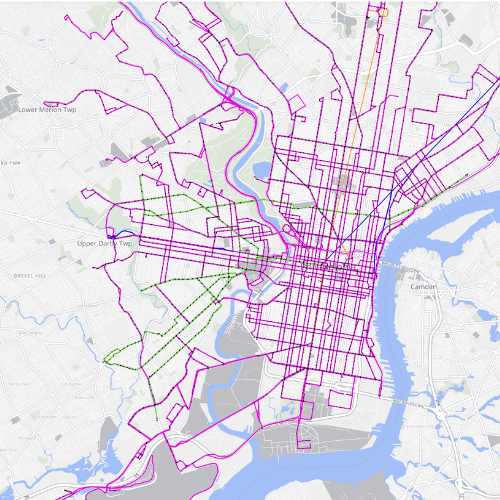
How could PTV’s standard software benefit from the cloud and new web apps?
Our standard tools could gain considerable benefits from the integration of cloud technology. By incorporating cloud-based data management and computing, we can significantly enhance efficiency. Running simulations concurrently in the cloud allows for faster processing times, boosting productivity and enabling users to accomplish tasks more swiftly.
Furthermore, transitioning our models to the cloud facilitates seamless collaboration among users. Similar to the collaborative features found in popular productivity suites like Office 365 or Google Suite, this approach empowers teams to work in parallel, fostering greater synergy and value creation.
An additional advantage lies in the expansion of collaboration across various products and applications. As we continue to connect web-based tools to cloud-based models, users gain access to the specific components necessary for their analyses, all while maintaining a unified model framework. This integration opens up a world of possibilities for enhanced collaboration and efficiency across the board.
Looking ahead, what do you anticipate will hold particular significance in the mobility tech sector in the coming years?
On the technical side, the mobility sector will continue to see a surge in the implementation and use of data in all aspects of the mobility application lifecycle.
We will witness faster modeling and planning, leveraging the availability of continuously updated network models and the accompanying data.
We will see real-time infrastructure data finding its way into intermediate planning systems such as PTV Flows, enhancing the prediction of changes in traffic patterns based on models, algorithms and prior measurements. This will provide better and more economically viable mobility solutions at a faster pace.
The speed of decision and impact will also support public transport and other shared modalities to adapt and provide efficient and economically sound and sustainable mobility offerings.
Automation will play a larger role in road traffic management, applying timely safety measures to enhance mobility and safety for e.g. vulnerable road users.
V2X data from manual, assisted or autonomous driving, will provide input for more localized models of driver patterns and behavior, supporting localized adaptive models for traffic optimizations and improved safety.
Finally, cloud and SaaS offerings will continue to gain in market share, along with interoperability models that allow systems to be able to work in sync.
